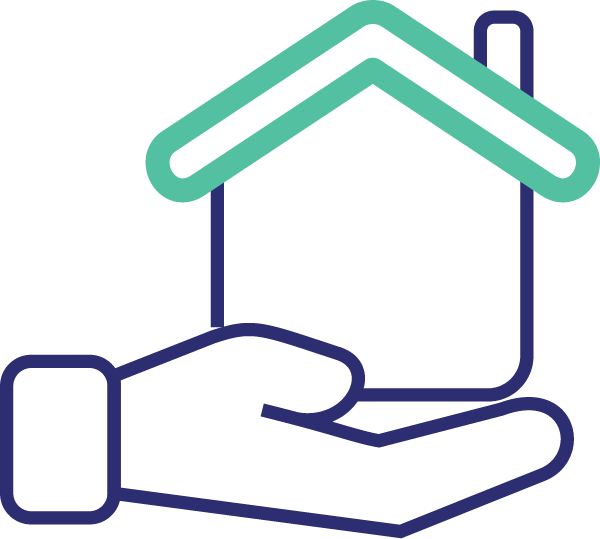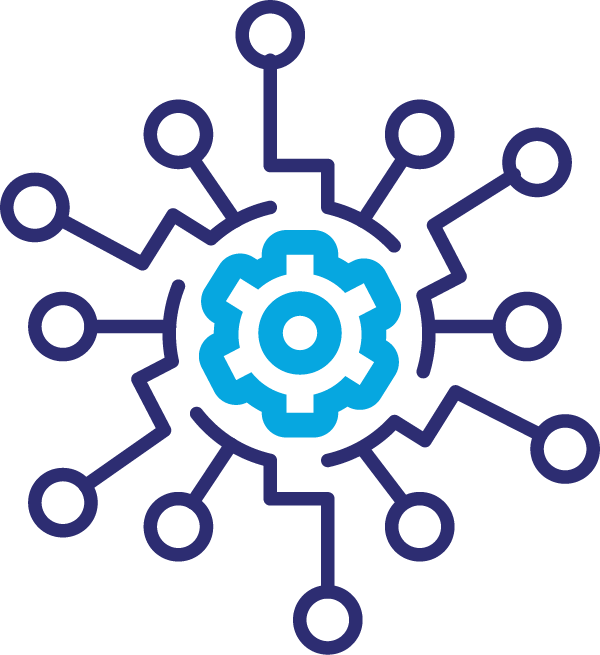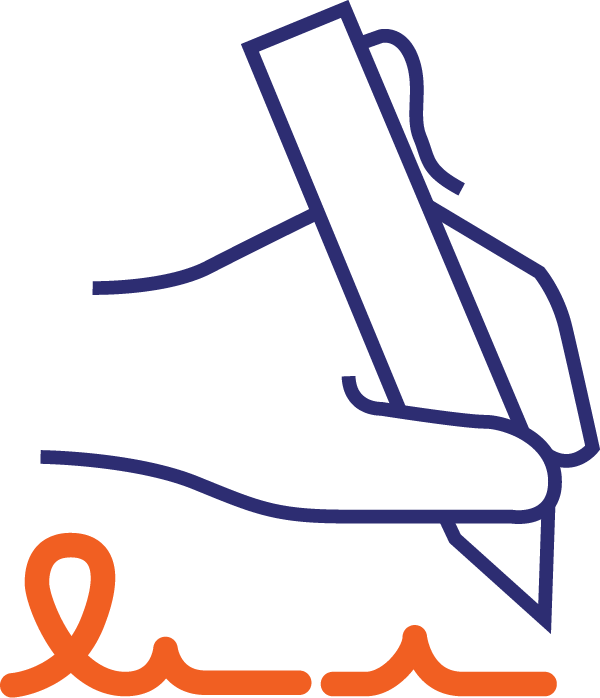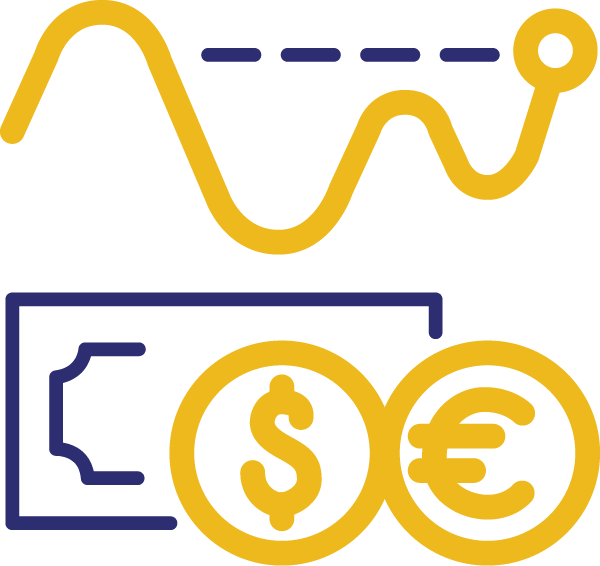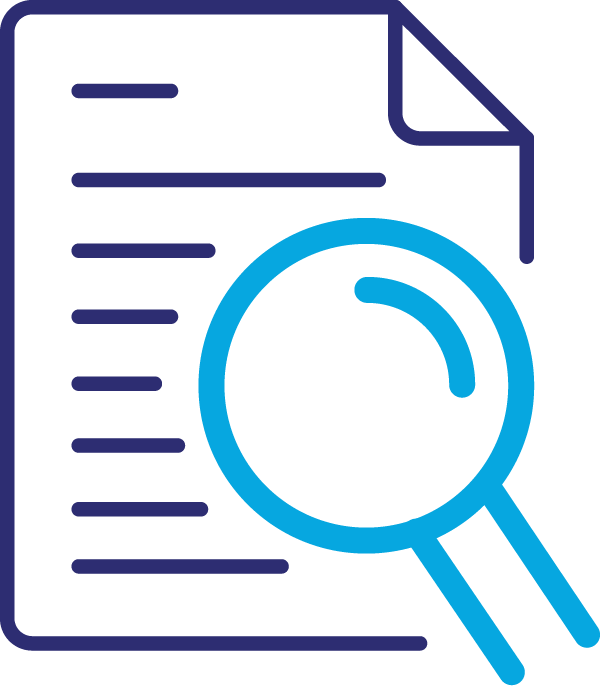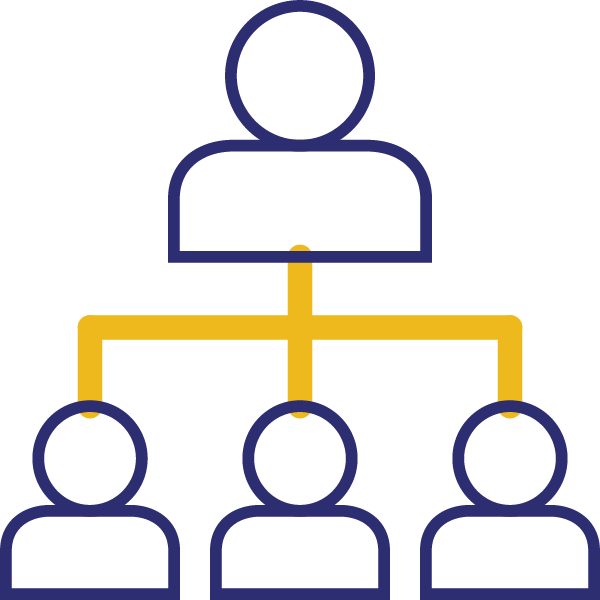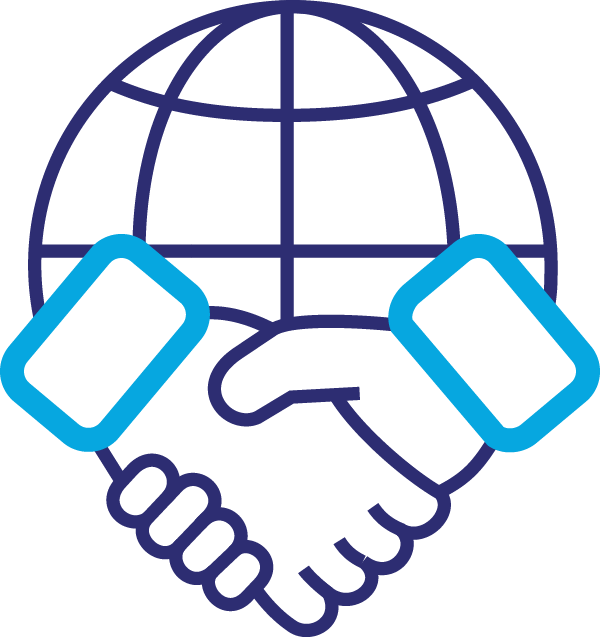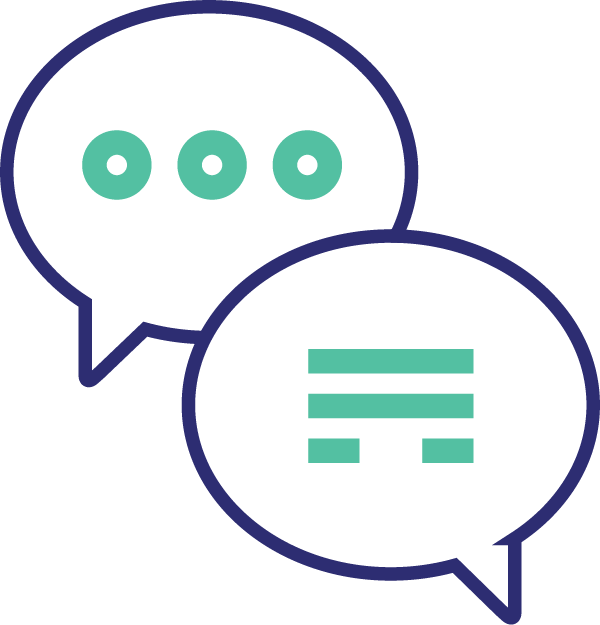00:00:00:00 – 00:00:29:04
Unknown
Thank you. And I’m glad you didn’t get to take five, five, ten minutes. just five minutes is ten minutes anyway. and I was just saying to, to Gary that most of actually, what I would have probably said, is probably being covered. I half it’s been covered already and then the other half for the rest of the day, so I don’t wanna ruin anybody’s, fun.
00:00:29:11 – 00:00:46:10
Unknown
I just looked at that title. I, by the way, I’ve done another strategist trick and didn’t answer that question until. Whatever. it’s quite long as well, isn’t it? and again, I’m dyslexic, so I just play that card. Couldn’t read it, so I made up my own, made up my own thing. And I sort of actually was talking with, CMO.
00:00:46:10 – 00:01:04:20
Unknown
Sorry. You saw her earlier, and, but she wanted to just sort of give. I’m, constantly around us. So you’re going to struggle with that camera? Sorry about that. and I thought about, the future of protection and, and bashed up this, this sort of slide to summarize my kind of overall view of it as a, as a, as a strategist.
00:01:04:22 – 00:01:25:05
Unknown
And, you know, these market drivers, we put out a lot of this earlier. Right. Regulation trust protection gaps, static relationships, advisors to salespeople. And I and I’ve deliberately put it in that in that way. And I can have a conversation with everybody about that. I’m sure there’s different points of view, but there’s advisers also a spectrum of, of different, segments.
00:01:25:05 – 00:01:43:21
Unknown
I think we can talk about this. Ryan, last night, wasn’t it? So, we did say advisor and you think, well, what kind of advisors? That a tele sales person. Is that a proper IFR type advisory relationship? Is that what what is that? Right. So it’s a big spectrum of things. But as I said before, advisors are still massive in a sales channel.
00:01:43:23 – 00:02:00:08
Unknown
You can massively influence the advisory market by doing things that frankly aren’t about advice. So that’s it’s still a probably a sales channel when you look at our purpose and as you put it in the middle, I’m probably more of a visual effect than the narrative. But yeah, we have this great purpose in insurance generally and in protection as well.
00:02:00:08 – 00:02:18:05
Unknown
You know, we’re there for people. We can be there for people when their house experiencing some of the worst moments in their lives. And I’m personally, personally, that’s all for the best insurance. time and time again, and it’s probably even more true in some ways. for a protection and the way that it could interfere in our lives if you’re looking forward.
00:02:18:07 – 00:02:37:03
Unknown
But the the reality is that currently the market responds to these market drivers, these pressures, and even with this purpose in mind, this purpose probably stands up more today in the digital context than it has ever stood up. And yet our response tends to be that we’re still policy centric, not customer centric. They’re are low levels of value understanding in the market.
00:02:37:03 – 00:02:53:20
Unknown
We talked earlier about education. I tend to think value understanding rather than you need to understand what is and how I’m underwriting the product, which is sometimes where we try and go and what is the value that we’re trying to create for customers. And they understand that value, and therefore they can understand the value exchange and adopt the product.
00:02:53:22 – 00:03:12:15
Unknown
We’re activated in key moments of anxiety rather than need, there’s even cases still in the advisory space of massively selling to anxiety, rather than insurers helping the advisors be able to put in that protection products in the context of of need. The other way of looking at anxiety is you have to take some of the products in the Irish market.
00:03:12:16 – 00:03:33:09
Unknown
You don’t. Unfortunately, in a lot of our other markets, that’s not mandatory. So we can work more on the need state. But actually you’ve got this kind of mantra, access to a product around mortgages that a lot of markets don’t. And that tends to, trigger laziness. You know, whenever we see monetary policy accomplishments, we now have a press led market in most, most countries in the world rather than a value led market.
00:03:33:11 – 00:03:51:23
Unknown
So we’ve got to shift that and start worrying about needs. And there’s one and done right. So I sell a product. I’m not very good at selling more products. I don’t build relationships with customers. I’ll take that up. I’ll put that away in the administration system. Hopefully we don’t hear from them again. And if we do, we’ll, we’ll we’ll do our best to pay out, make it feel like we’re not going to, but we will.
00:03:51:23 – 00:04:10:02
Unknown
We will pay out in the claims process. We’re going to shift that. Right? Because I said it’s still massively concerns me coming in at industry as a strategist, the amount of times you see insurers will will write off business. They will they will they can’t value a customer significantly enough. They will push premiums or they will they will not write risk.
00:04:10:02 – 00:04:31:19
Unknown
They won’t treat vulnerable customers fairly. This stuff still happens today. And that’s all in that space as well. And then you push product for commission. So these are all kind of hopefully kind of slight interrelate between the two. The market drivers actually tell us to be more general purpose far more, you know, to to be more human. You look at most of the regulatory changes regardless of you see them as obligations.
00:04:31:19 – 00:04:56:11
Unknown
They are massive opportunities. They’re requiring us to be fairer to our customers. And that is a huge opportunity. That is a massive opportunity in your business to say compliance is different now. It’s on our side in many ways that it wasn’t. Let’s take advantage of that. So it’s been more human. We’re human to the core anyway, because everyone in this room asked a lot of you and you’re all but in people who cannot give a monkey’s about this industry and care about people.
00:04:56:11 – 00:05:19:21
Unknown
So that’s why we’re already customer centric. But we’re human to the core anyway, because that’s our purpose. But we’re so transactional and we’re transactional because we’re in value chain business models that that those I said earlier, minimize the cost to maximize distribution. That is fundamentally the economic drivers that override most of our decisions in insurance. Because actually, what we really need to be as ecosystem businesses that harness huge knowledge of customer and the ability to act on it.
00:05:19:21 – 00:05:40:02
Unknown
And this is where my, my CMO and myself in that over this, our general manager, Mary, is going to tell me, please, I’d say this, but it’s true. technology is just an enabler. The business model, the business change, the transformation on the business side is far, far, far more important than the technology the technology should be enabling.
00:05:40:02 – 00:05:56:11
Unknown
It should be seamless. It should be increasingly like the Intel inside of your laptop of business and not are not this thing that is the front of the conversation. Getting that through the technology is gonna be a nightmare. Yeah, that’s got to go and it can go. This is a this is a if you’ve never seen it before.
00:05:56:11 – 00:06:16:11
Unknown
A lot of strategists refer to this. This is MIT Sloan. I educated at Harvard. So we call this the thickest matrix as a strategist. Okay. but but essentially what it makes the point of is that most, most people are one of the ecosystem drivers. if you put protection businesses there, what we, what we have to fundamentally understand is there’s a huge shift in the business model.
00:06:16:13 – 00:06:40:00
Unknown
It’s massively increased the knowledge of customers. Fine. But that just makes you omnichannel, weaving that knowledge into lots of lots of little interactions. Over time. It creates what we call modern legacy. It creates more complexity, more cost of change. It’s fundamentally where our competitors have built themselves. We proliferated this problem in insurance because we’re massively industrializing our businesses because we have to minimize costs, maximize distribution.
00:06:40:02 – 00:07:05:16
Unknown
If we look at all the value creation metrics and all those market drivers that I referred to earlier, we fundamentally got to be ecosystem businesses. What’s really interesting about that, though, I don’t I saved a lot of clients about this recently. We’ve we’ve got a big bank shreds client in Amea. then people over there, mature producers, they need to know an awful lot of specific information about their customers to be hyper relevant and in context, intelligent, orchestrated around those transactions.
00:07:05:18 – 00:07:22:23
Unknown
Right? So actually, they operate like a major producer. And I wonder which of these flows you don’t know is like PayPal. You know, it’s really embedded insurance is you’re in the most producer model. It’s highly likely that shows need to operate both of these. So you need to own the relationship. Sometimes. And sometimes they need to operate in everybody else’s ecosystems.
00:07:23:01 – 00:07:39:16
Unknown
And a bit of both probably. If you actually look at like retail businesses, this is where 90 of the value creation is going to be. And insurance, we’re lucky. We need to operate across the across the spectrum. And I find PayPal is a really good example of this, because they thought they were going to be an ecosystem drive a business.
00:07:39:16 – 00:08:01:15
Unknown
They must have shifted about seven years ago. Inside of there are multiple producer and what they were doing, they were trying to hold onto all the transactional data they had and might be the owners of that relationship rather than Amazon. And they realized actually they were better at collecting the data and selling it to Amazon because they did not have the core competency assets to operate the relationship with the customer in the way that Amazon determines and do it because they have the product, they have the answer.
00:08:01:16 – 00:08:18:19
Unknown
You don’t have the answer. You need to need to mediate the product, which makes the point that insurance could also just be there for their customers and even non insurance products. We have a lot of clients now. we’re lucky enough of what I’m doing to sell any kind of product. So you know if you take car and you want dash cams we can do that.
00:08:18:21 – 00:08:35:11
Unknown
You can take protection products and you want to build active health care services and, you know, in so operate in wearable spaces and do other things that bring value to people’s lives. You can and you can operate that value like an e-commerce business looking for this some driver. And this is where, you know, we tend to see the shift.
00:08:35:13 – 00:08:56:04
Unknown
Well, I mentioned earlier, I was always contrarian about advisors. they will still continue to hold distinct relationship value. But if you think you’re in a trialogue and not a dialog, that’s going to be the best outcome. You still need to be highly accountable to the customer, and therefore even intensify the relationship that the person has. People will continue to trust people.
00:08:56:04 – 00:09:17:14
Unknown
There’s loads of human reasons for that. I cannot overcome the neurological, not psychological, the neurological responses that we have. with people, trust can’t be replaced by the pheromones, the interchange of location, the way your fight and flight brain works. I work with a very fascinating, neurologist called Dominic Ashby on this subject. I can only take that human contact so far.
00:09:17:14 – 00:09:34:06
Unknown
And some of these protection products I mentioned earlier that have real purpose in our lives, and sometimes they even question our own mortality. You know, they’re quite extreme. So you need this human interaction. But we can do all these things around the digital context and make that human interaction count more, you know, make it more meaningful and more valuable.
00:09:34:06 – 00:09:49:19
Unknown
And I’m looking at the Justin I he made this point 100%. So I think it’s it’s what is the context of all of these things and how do we utilize it to be more human. so like I said, I don’t want to cut across those other things. So I was going to say it’s a business model change.
00:09:49:19 – 00:10:10:17
Unknown
Technology needs to be an enabler. and hopefully we’ll start to unpack even more of this as we go through the next panel discussions. Thank you.

